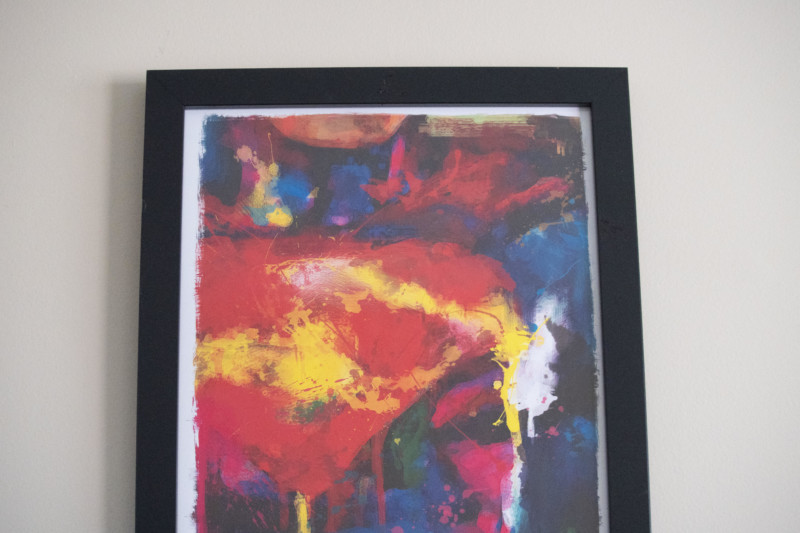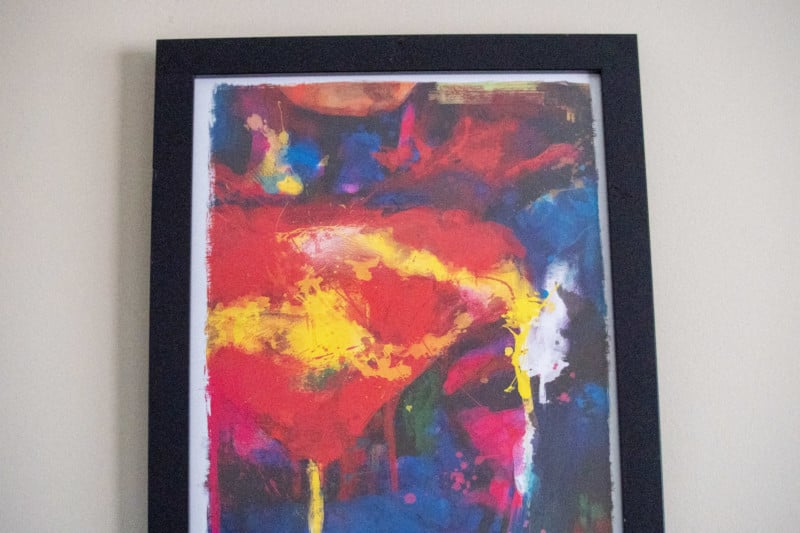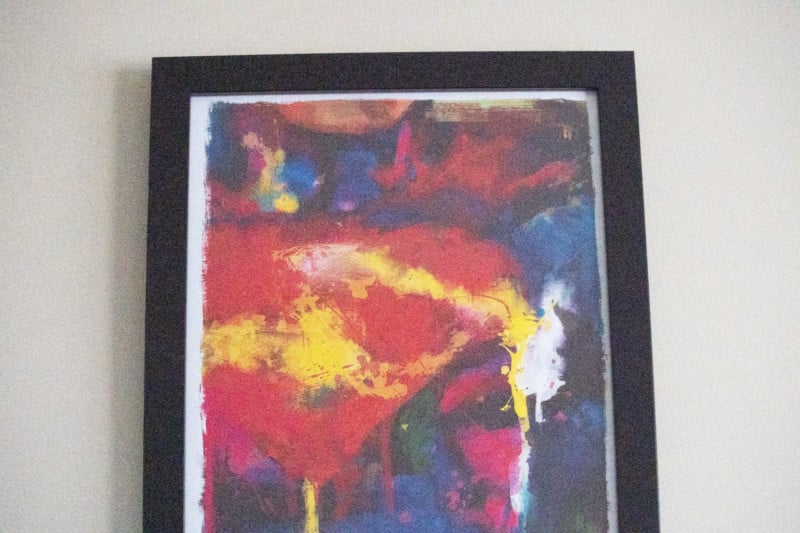Pentax K-3 Mark III Review: An Excellent, Expensive DSLR
![]()
Pentax put a lot of time and effort into making the K-3 Mark III, and it shows: it’s a huge leap in tech for a DSLR. But it’s still a DSLR in a mirrorless world, and that perception combined with a premium price might hold back Pentax’s latest $2,000 APS-C camera.
The APS-C K-3 Mark III from Pentax was in development for quite a while before it launched, and after many teases and then delays, the system was finally released.
Pentax’s latest comes loaded with improvements over the previous Mark II, including a new autofocus engine, an improved set of tools for video, a built-like-a-tank rugged and all-weather build that loyalists to the brand have come to know and love, as well as even a few interesting features that take advantage of the modern technology built into current smartphones.
Where the system doesn’t seem to keep up to date is with the price. Sitting at a lofty $1999.99 just for the body, the K3 Mark III is one of the more expensive APS-C bodies currently on the market, especially when you consider it is a DSLR system and not mirrorless like most of its competitors.
Build Quality and Design
![]()
The new K-3 Mark III is actually just slightly heavier than its predecessor by a mere 20 grams, but considering the body as a whole is made with magnesium allow and this system has a dual memory card slot, the extra weight is a small price to pay.
With the Mark III, Pentax has added a new dial on the top right of the camera body that can change various settings on the camera. This would be a nice addition, however, the default is set to crop modes and no matter how many times I took the camera out during my time with it, my muscle memory kept attempting to use it to change the aperture (instead of the one on the back of the camera) since it actually sits closer to where my thumb naturally rests when shooting. A small annoyance that probably gets worked out over a longer time with the camera, but I thought it worth noting.
![]()
The viewfinder has a 1.05x magnification with what Pentax says is improved diopter adjustment that allows for better visual accuracy (handy for a glasses wearer like myself), and an almost 10% increase in brightness from the Mark II, which the company hopes will allow shooters to get a much clearer view of what they are aiming at. I would agree, these are nice improvements in practice.
![]()
Another noticeable difference in design from the Mark II vs the Mark III is the eight-way controller/joystick for direct control of the autofocus area sitting on the back of the camera just above the familiar “green” button. This additional tool makes it very easy to make AF selection adjustments quickly when shooting and is a very welcome and useful tool.
![]()
![]()
Overall Performance
As you would expect with a DSLR, the battery life with the Pentax K-3 Mark III was impressive. During my entire time testing the camera, I never charged it other than its initial unboxing, and after shooting two timelapses and many test shots, there is still more than half a charge left on the battery.
The official manual states the battery is officially rated for 800 shots per charge, but in practice, I’ve found I’ve been able to get many more shutter actuations than that. If you need more life, the system also has an optional battery grip available for those who know they may have an extra-long day of shooting ahead. It is worth noting that the K-3 Mark III battery can be charged in-camera using a USB-C cable connected to a computer or a power adapter, which is becoming more common on mirrorless cameras, making it a nice competitive feature to find here.
Using the Pentax K-3 Mark III was pretty straightforward and easy to get used to. The menu and information displays on the rear of the camera are very informative. It has options to show either the live view or a sort of “heads-up-display” with any and all the relevant information you’d need for your settings that is then easily and quickly accessed.
![]()
What was even more impressive (at least to me) was the 3.2-inch touch screen display will automatically rotate from horizontal to vertical based on the orientation of the camera to the ground, ensuring it is always easy to see, read, and make adjustments as needed. The speed of this auto-orientation was also outstanding and appears to be so responsive that it does it even faster than my iPhone. The touch screen will also allow you to quickly select focus points by tapping the screen in live view mode, and they can trigger the shutter from here as well should you want to select focus and get the shot immediately.
My only grievance with the display is that it doesn’t tilt or pivot at all like most modern mirrorless systems, meaning, if you have to get a low/difficult angle for a shot, you’re back to crawling through the dirt to get it if you want to see what you’re getting. It’s a bit of an odd design decision since Pentax has integrated some really unique and cool articulating designs on its past cameras. To ditch those entirely here feels like a missed opportunity, especially since some kind of articulation is pretty much standard on all new cameras.
Alternatively, you could opt to use the mobile app — available for Android and iPhone — to control the camera when shooting at the more difficult angles and positions if you find yourself in a tough spot.
The K-3 Mark III definitely feels as though it would work well for either a travel or action photographer, since it boasts a burst speed of 12 frames per second, an increase over the 8.3 frames per second in its predecessor. It also has an impressive buffer size to go alongside it.
![]()
During some testing of surfers at the beach, it took about 25 to 30 RAW plus JPEG frames before it started to slow down. Once you fill up that buffer from continuous shooting, you’ll need to wait about 10 to 20 seconds with a modern UHS-II card before the shots fully clear, so keep that in the back of your mind if you’re going to be shooting a high volume of burst shots. As a note on this, only the primary card slot is UHS-II compatible. The backup slot only writes at UHS-I speeds.
Given this is an APS-C system, the 1.5x crop factor will make you adjust the way you shoot if you’ve gotten used to full-frame setups like me. To be honest, I thought shooting on a crop sensor would bother me more, but the K-3 Mark III was honestly so easy to shoot with, I quickly forgot those worries especially since I was shooting action from afar and the system doesn’t skimp on the resolution.
![]()
Speaking of resolution, the K-3 Mark III has an effective resolution of 25.7 megapixels and a maximum file size of 6192 x 4128 pixels, which is more than enough to let you get everything you would want out of a print.
The system has a five-axis “Shake Reduction System” capable of handling up to 5.5 stops, with a quick access button to enable/disable and switch between modes right on the side of the camera. Having in-body image stabilization is great, but it’s a bit strange on a DSLR where you can’t actually see it in action while shooting since the camera uses a pentaprism, not an electronic viewfinder. I found that it works quite well, on par with the stabilization found in other manufacturers’ systems, it just took some getting used to since — at least for photos — you can only see the results after the fact.
In some photos below, I was zoomed in as far as 300mm in some cases and my hands were quite shakey, but the system corrected for it beautifully.
Image Quality and ISO
The Pentax K-3 Mark III boasts an impressive native ISO range of 100 to 1,600,000. Obviously, most of us would never ever have reason to go this high for our shooting, but it is very nice to know that should you ever be in a situation where you need it, the camera is quite capable of delivering at that range.





The images above have no noise reduction applied and, as you can see, the details even up to iso 102,400 are pretty decent, especially considering this is an APS-C system. While the small details are missed when shooting at this high an ISO, it is actually quite nice to see the colors come through accurately. It is not until you hit ISO 204,800 that the colors (along with the details) start to muddy. The good news is the camera has some pretty decent noise reduction filters built into it that, once enabled and adjust to your taste, should make it a better experience to shoot at these high ISOs.
While the K-3 Mark III is mainly a stills shooter’s camera, it can also shoot 4K video at up to 30 frames per second. The body includes ports for both external headphones and an external microphone for improved audio recording and monitoring as well and while a DSLR is not typically the go-to system for videographers on the go and its recording specs aren’t particularly impressive compared to the field, it is nice to know that If you need to shoot some 4K footage at a moment’s notice, the K-3 Mark III can deliver.
I found that the colors rendered on the K-3 Mark III sensor are accurate even in harsh bright lighting conditions to dark settings (you can see this in the sample photos below), and if you happen to be an astrophotography fan, the camera still supports the AstroTracer star tracking function that moves the sensor slightly while shooting to compensate for the earth’s rotation which allows for longer night sky shots with pinpoint stars. Granted, to take full advantage of this feature, shooters will need to add the Pentax O-GPS1 tool for $196.95.
Autofocus
Pentax says the K-3 Mark III has a greatly improved autofocus system compared to its predecessor. Where the Mark II had 27 AF points, the Mark III multiplies this to 101 phase-detection AF points, with 25 of these points being the more sensitive cross-type that are capable of performing pretty accurately even down to -4 EV. Also available in the Mark III is support for eye detection in the viewfinder. While not as accurate as Canon or Sony systems and their more advanced mirrorless tech, it is still a useful feature on the DSLR camera, especially when doing portraits.
During my testing, I used the 55-300mm f/4.5-6.3 lens which may not be a premium lens, but autofocus was still fast and pretty accurate. It did well for action shots, which I tested with surfers. There were a few missed focus moments throughout my testing, but nothing out of the ordinary when shooting from a distance or with a lot of motion in the frame. Pairing the improved autofocus with the camera’s stabilization system makes it possible to capture almost half-second exposures while shooting hand-held for wider shots.
Sample Images
Worth the Wait….For Existing Pentax Shooters
For Pentax shooters, the K-3 Mark III marks a long three-year wait for an update, and the system does deliver several reasons for those shooters to make the upgrade including improved autofocus, 4K (cropped) video, a much higher ISO capability, faster burst shooting speeds, and an overall improved image sensor all with the continued compatibility with lenses dating back 50 years. Enthusiasts and brand loyalists will definitely love everything this new system has to offer, especially after such a long wait. It is officially Pentax’s fastest camera to date, and it offers a good alternative for wildlife and action shooters that would prefer to stick with DSLRs instead of making the leap into mirrorless and EVF systems.
I should note that with the disadvantages stacked against it (it’s a DSLR, it’s a crop-sensor, and Pentax only supplied one entry “all-in-one” lens for me to test it with), that I still really liked the camera. That is saying something. I just don’t think it’s going to sway anyone already invested in another system to pick up a Pentax. It’s a great love letter to current owners, but that’s it.
![]()
Are There Alternatives?
Comparing features straight up, there are many alternatives to the K-3 Mark III, most of which are available at a significantly lower cost of entry. For those looking to stick with the DSLR system, the Nikon D500, while significantly older, offers many similar features to the K-3 Mark III and it only costs $1499. Making the leap over to the mirrorless world, you have several options including the Fujifilm X-T4 for $1699, the Sony Alpha 6400 for just $898, and the Nikon Z50, similarly priced at $859.
Should You Buy It?
Maybe. If you already own Pentax cameras and lenses, then the update to the K-3 Mark III is worth it despite the premium price for an APS-C DSLR. The features and components that have been updated work very well and provide a lot of new and improved tools to the Pentax shooter’s arsenal. For everyone else, this system will be a hard camera purchase to justify.